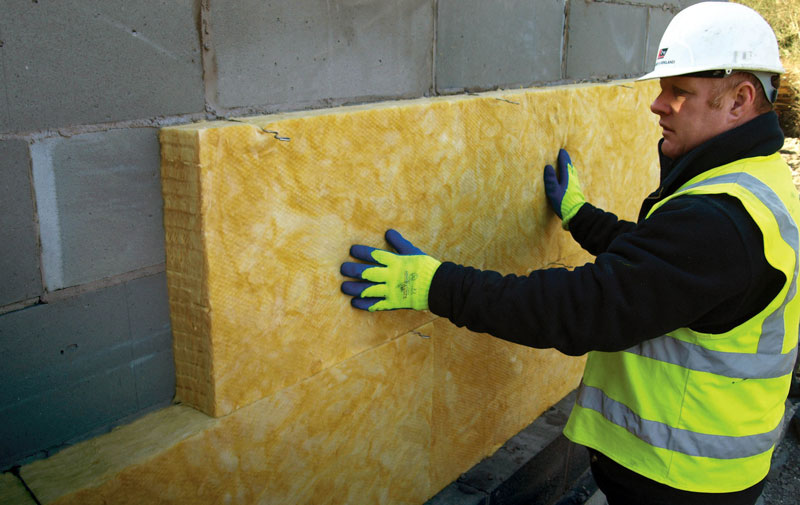In recent years, shiplap has surged in popularity, particularly in the realm of home design and renovation. Often celebrated for its rustic charm and versatility, shiplap has become a go-to choice for homeowners and designers alike. However, beneath its aesthetic appeal lies a series of practical concerns that warrant careful consideration. In this article, we will explore the reasons why you might want to think twice before incorporating shiplap into your home.
- Moisture Management Issues
One of the primary concerns with shiplap is its susceptibility to moisture. While wood is a natural material that can add warmth and character to a space, it is also prone to warping, swelling, and mold growth when exposed to high humidity levels. In areas such as bathrooms, kitchens, or basements where moisture is prevalent, the use of shiplap can lead to significant long-term damage.
To mitigate these risks, homeowners must invest in proper sealing and maintenance, which can increase the overall cost of installation. Additionally, the need for regular inspections and potential repairs can detract from the initial appeal of shiplap as a low-maintenance option.
- Installation Challenges
While shiplap may seem straightforward to install, the reality can be quite different. Achieving a seamless and professional look requires a certain level of skill and precision. Improper installation can lead to gaps, uneven surfaces, and misalignment, which can compromise the aesthetic and structural integrity of the wall.
Moreover, shiplap installation often requires specific tools and techniques, including the need for a level, nail gun, and potentially even a saw for custom cuts. For those who are not experienced in DIY projects, hiring a professional can significantly increase costs, negating the budget-friendly appeal that shiplap may initially present.
- Limited Design Versatility
While shiplap is often lauded for its versatility, it may not be suitable for every design aesthetic. The rustic, farmhouse style that shiplap embodies can clash with more modern or minimalist designs. Homeowners looking to create a contemporary space may find that shiplap detracts from their vision rather than enhancing it.
Furthermore, the trendiness of shiplap can lead to a lack of originality in design. As more homes adopt this feature, it risks becoming a cliché, making it difficult for homeowners to create a unique and personalized space.
- Environmental Considerations
The environmental impact of using shiplap should not be overlooked. Many shiplap products are made from non-sustainable sources, contributing to deforestation and habitat loss. Even when sourced from sustainable forests, the carbon footprint associated with transporting and processing wood can be significant.
For environmentally conscious homeowners, exploring alternative materials that offer similar aesthetic benefits without the ecological drawbacks may be a more responsible choice. Options such as reclaimed wood, composite materials, or even high-quality vinyl can provide the desired look while minimizing environmental impact.
- Cost Implications
While shiplap is often marketed as a cost-effective solution for home design, the reality can be more complex. The initial cost of materials may be reasonable, but when factoring in installation, maintenance, and potential repairs, the overall expense can add up quickly.
Additionally, if shiplap is installed in a high-moisture area and requires replacement sooner than expected, the financial burden can become even more pronounced. Homeowners should carefully evaluate their budget and consider whether the long-term costs align with their financial goals.
Conclusion: Weighing the Pros and Cons
In conclusion, while shiplap can undoubtedly add a unique charm to a home, it is essential to weigh the potential drawbacks against its aesthetic appeal. From moisture management issues and installation challenges to limited design versatility and environmental concerns, there are several factors to consider before committing to this trend.

